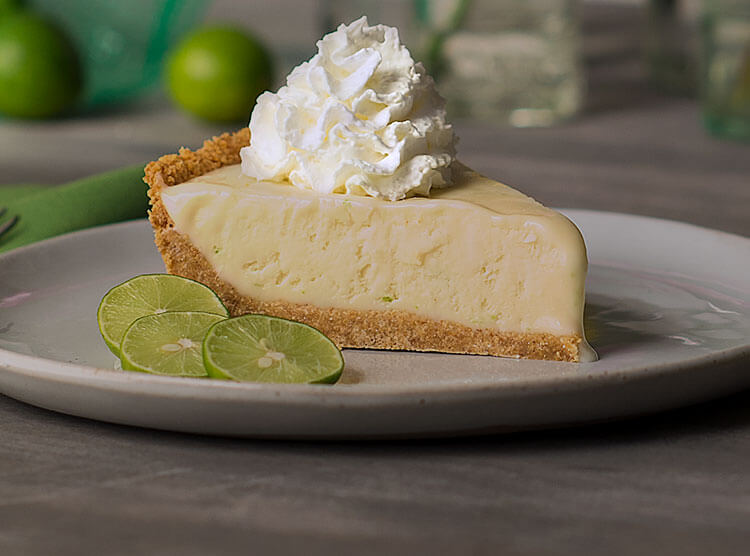
Mankind’s passion
Food is always changing. It seems that deep within mankind lies an exploratory desire to go deeper into our passions. And food is definitely a passion.
Our story goes all the way back to a human’s desire to eat. Since the beginning of time it has brought us nourishment, comfort, pleasure, inspiration, and for many, a livelihood. Over the course of history as we have evolved and grown more knowledgeable about the world around us, we’ve continually sought new innovations in the pursuit of better food. Many fruitless concoctions don’t make it to our plate for very long, while others grow to become the pride of a family, the taste of a city, and even the very identity of a nation. Beloved recipes can be born from countless hours of focused intent, but they can also come from surprisingly unexpected places.
The History
In the 1760s, when the English Chemist Joseph Priestley studied both carbon dioxide and nitrous oxide, he had little idea that by the 21st century both gasses would revolutionize the way people ate and drank. Indeed, Priestley has been called the “father of the soft drink” by the seltzer company Schweppes. Johann Jacob Schweppe took Priestly’s ideas about carbon dioxide and liquid and created a process to better carbonate water and bottle it. It forever changed the beverage world.
We are living in the maturing stage of a modern revolution in the food world. It began in 1988 when two scientists, a physicist from Hungary named Nicholas Kurti and a chemist from France named Herve This, created the term “molecular gastronomy” to describe experimentation to a new science-based approach to the culinary arts. This revolution has changed the way we cook, plate our food, and even how we make our whipped cream.
Modern Life
In modern supermarkets, whipped cream has been sold in cans for years. Everyone recognizes it, and although it brings back memories of holiday pies and cocoa, the cream is shot onto desserts using an aerosol after sitting on shelves for an untold amount of time. It is an easy to use, sweet topping, but because of the bulk market it leaves desserts adorned with an often generic, bland, lifeless product filled with preservatives and foreign ingredients. While satisfying a need for ease and instant gratification we’ve lost the very heart of the food experience.
Then someone decided to try gas. One gas in particular not only mixed perfectly with the cream to penetrate deep within cells and create a foam unheard of before, and it also added sweet undertones to the cream after mixing at a molecular level. That gas was N2O, aka Nitrous Oxide.
Nitrous oxide is the perfect gas for world-class whipped creams and espumas (foams) when produced in high-caliber dispensers, called culinary siphons. It turns out the best place to discover these perfect whips and foams isn’t in the fanciest bakery or restaurant in town, but in your own kitchen, where you have the freedom to experiment until you find your own perfect mix.
To Conclude
In the 1760s, when the English Chemist Joseph Priestley studied both carbon dioxide and nitrous oxide, he had little idea that by the 21st century both gasses would revolutionize the way people ate and drank. Indeed, Priestley has been called the “father of the soft drink” by the seltzer company Schweppes. Johann Jacob Schweppe took Priestly’s ideas about carbon dioxide and liquid and created a process to better carbonate water and bottle it. It forever changed the beverage world.

Thank you for visiting our library.
Hippie Whippy™ has quality, food grade N2O and kitchen supplies for the kitchen or bar. Visit our store to see everything we offer. Read our articles for inspiration and information. Look through our cookbook for time-tested meals and creative ideas.
Above all, have a wonderful day and don’t forget to give love and peace to those who need it.
© 2022 Hippie Whippy™